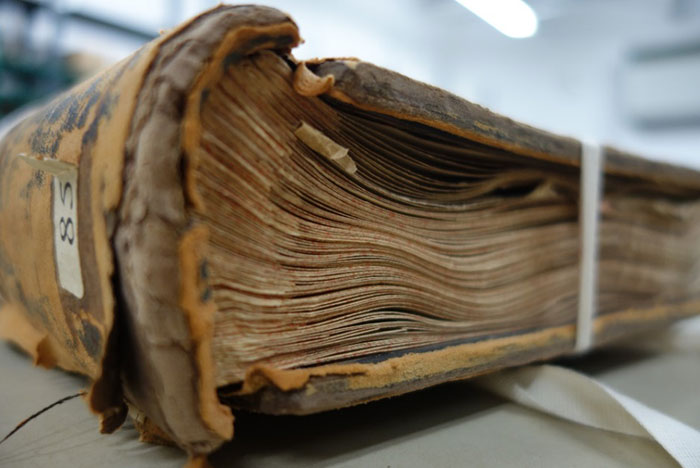 What does this look like to you? A pile of paper? An old book? Or a delicious and highly nutritious meal? Unfortunately, the third option is often the correct answer – if you are a hungry bug! The vast majority of collections at The National Archives are made of organic materials and these could provide an excellent food source for insects.
What does this look like to you? A pile of paper? An old book? Or a delicious and highly nutritious meal? Unfortunately, the third option is often the correct answer – if you are a hungry bug! The vast majority of collections at The National Archives are made of organic materials and these could provide an excellent food source for insects.
Even at a place like The National Archives, where we know the risks that pests pose to collection material, we cannot completely eradicate their presence. Wherever there are people, there you will find insects. They are incredibly well adapted to exist alongside and benefit from our presence, finding both food and shelter in our buildings. Because of this, we have established an integrated programme of preventive measures that help us to monitor insects on site and gain an overview of their activity within the building. By doing so, we can take steps to control this activity and prevent our collections from being damaged.
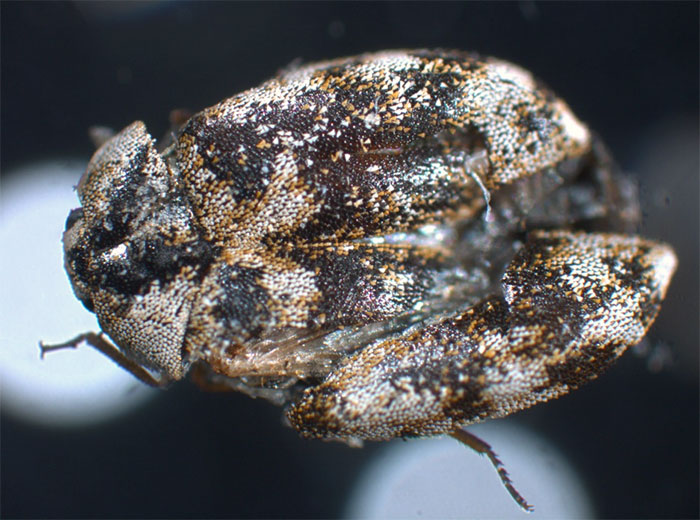 We achieve this in a number of ways, including
We achieve this in a number of ways, including
- understanding what our key pests are and recognising the damage they can cause
- ensuring that the fabric of the building is well-maintained
- managing the environment to avoid conditions favourable to insects
- applying exclusion measures, such as heavy-duty mats at entrance points and door brush strips that will restrict pest access
- housing documents in archive boxes, making them more difficult for pests to get to
- restricting the consumption of food and drink where documents are viewed or stored
- removing other sources of food and shelter for pests through regular cleaning
Materials that are most vulnerable to insect damage include paper, parchment, leather, textile, wood and some adhesives. There are a number of key insect species that will happily eat these materials, including Carpet Beetle Larvae (also known as ‘woolly bears’), Furniture Beetle Larvae, Silverfish, Clothes Moth and Book Lice. Given the opportunity, they would feed and defecate on the documents, causing irreparable damage. We also monitor other species that do not pose a direct threat to archival documents – for example, spiders and flies – as they could become a source of food for archival pest species.
It would be impossible for us to inspect every one of our 12.5 million documents individually for evidence of insect damage, so instead we monitor the building using insect ‘blunder’ traps. These are small, cardboard traps with a non-toxic sticky layer that will capture any insect that walks across its surface. Over 150 of these are individually numbered and placed at fixed locations throughout the storage, staff and public areas of the building.
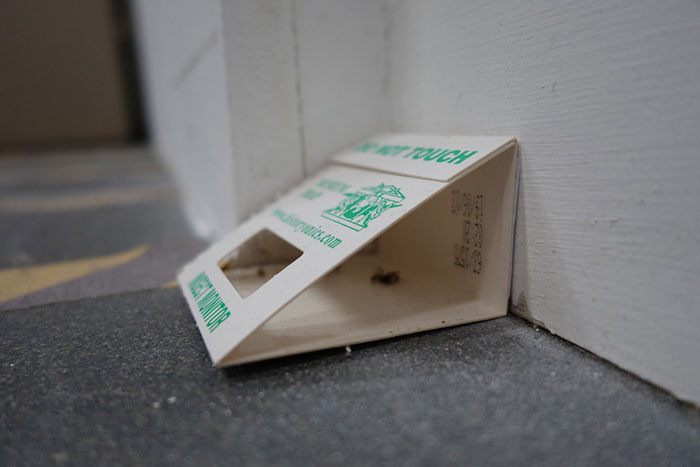 We assess their contents four times a year, in spring, summer, autumn and winter. The traps are brought back to Collection Care and are examined under magnification to identify which species are present, and in what kind of numbers. This gives us a picture of how populations within the building alter seasonally. It can also indicate whether pests are successfully breeding, and prompt us to investigate why. Increased pest activity can be symptomatic of other problems. For example, Silverfish prefer damp conditions so, if there were a noticeable increase in their numbers, this might point to problems with the fabric of the building, or with the air conditioning system, which would then warrant further investigation. Our findings are recorded, and the accumulated data gathered from monitoring enables us to detect and manage any incursions.
We assess their contents four times a year, in spring, summer, autumn and winter. The traps are brought back to Collection Care and are examined under magnification to identify which species are present, and in what kind of numbers. This gives us a picture of how populations within the building alter seasonally. It can also indicate whether pests are successfully breeding, and prompt us to investigate why. Increased pest activity can be symptomatic of other problems. For example, Silverfish prefer damp conditions so, if there were a noticeable increase in their numbers, this might point to problems with the fabric of the building, or with the air conditioning system, which would then warrant further investigation. Our findings are recorded, and the accumulated data gathered from monitoring enables us to detect and manage any incursions.
This integrated pest management programme is continuous and it’s a key part of the preservation of our collection. Our work in this area is primarily about identifying and managing risk to the documents and implementing strategies that will prevent future damage.

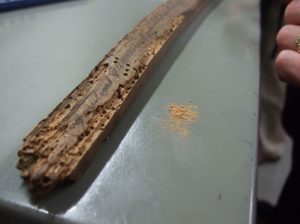
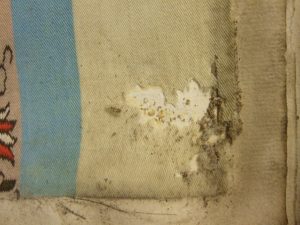
very good information it give me a better understanding of how to identify archival pest in our national Archives here in Barbados, thank you.